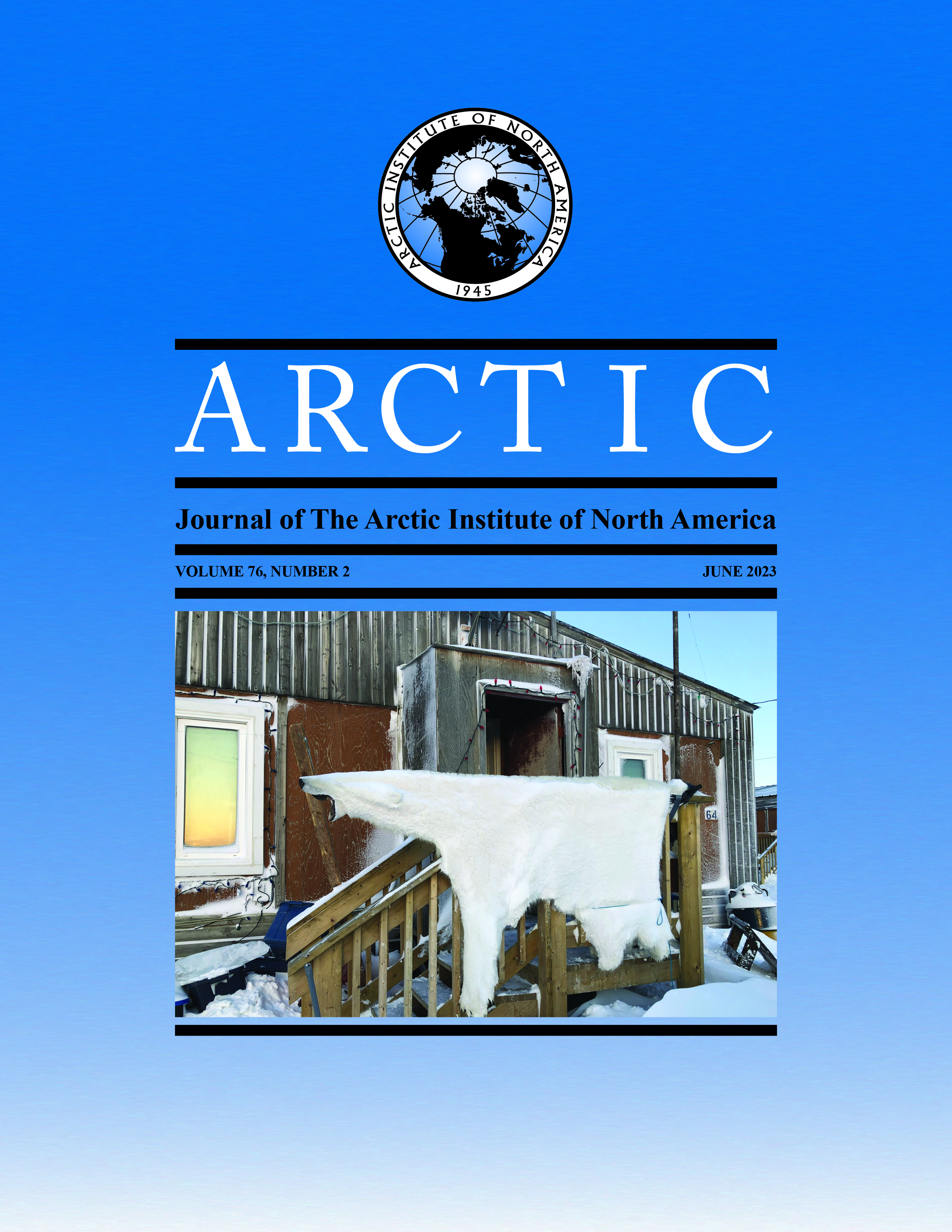In Pursuit of “A Good Life”: Inuit Qaujimajatuqangit and Inuit Women’s Movements in and out of Mining Work
DOI:
https://doi.org/10.14430/arctic77518Abstract
This article adopts a cross-cultural lens to understand why Inuit women enter and leave mining jobs in Inuit Nunangat (Inuit homelands), Canada, using Nunavik as a case study. Previous research has often depicted Indigenous women as either victims of mining or as anti-mining activists. Interviews with ten Nunavimmiut women (Inuit women of Nunavik), who had worked or were currently working at one of two mines in Nunavik, complicate these portrayals. As a team consisting of settler and Inuit scholars, we draw on Inuit Qaujimajatuqangit principles to extend previous understandings of Indigenous women’s pathways through, and out of, mining employment. Women’s descriptions of mining employment were ambivalent. Inuit women applied qanuqtuurunnarniq (resourcefulness) in using mining work to share with others, connect with Inuit culture and community after moving to southern cities, and participate in language and skills training. However, over half of the women interviewed ultimately left mining when it compromised their ability to achieve well-being by restricting their ability to care for their children, to develop their skills through job advancement, or both. Collectively, the narratives demonstrate how women adopted multi-faceted strategies to pursue a good life; they considered mining employment in relation to their ability to care for and share with others, work for a common purpose, acquire skills and training, and maintain connections with land and culture. By centring Inuit values and well-being, Inuit Qaujimajatuqangit principles prompt a reimagining of how mining might be reorganized to support the lives of Inuit women in the context of devastating impacts of colonial trauma and displacement.
Downloads
Published
Issue
Section
License
Copyright (c) 2023 ARCTIC

This work is licensed under a Creative Commons Attribution 4.0 International License.


